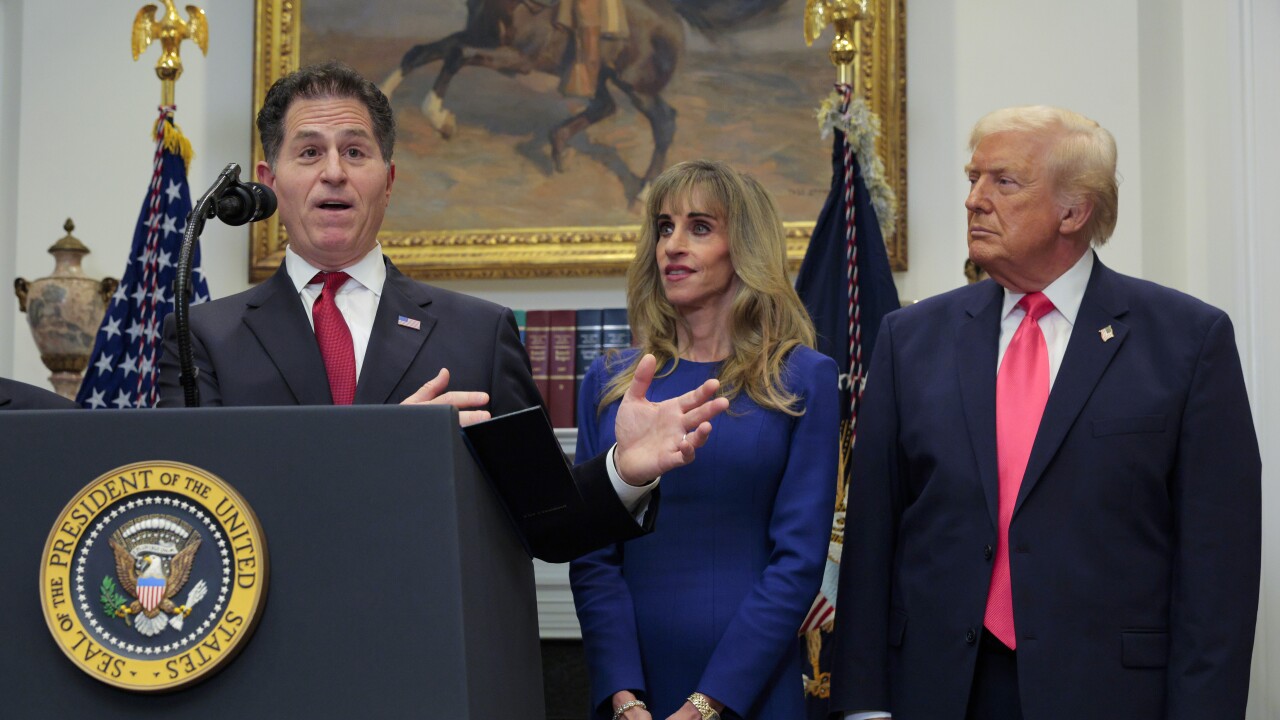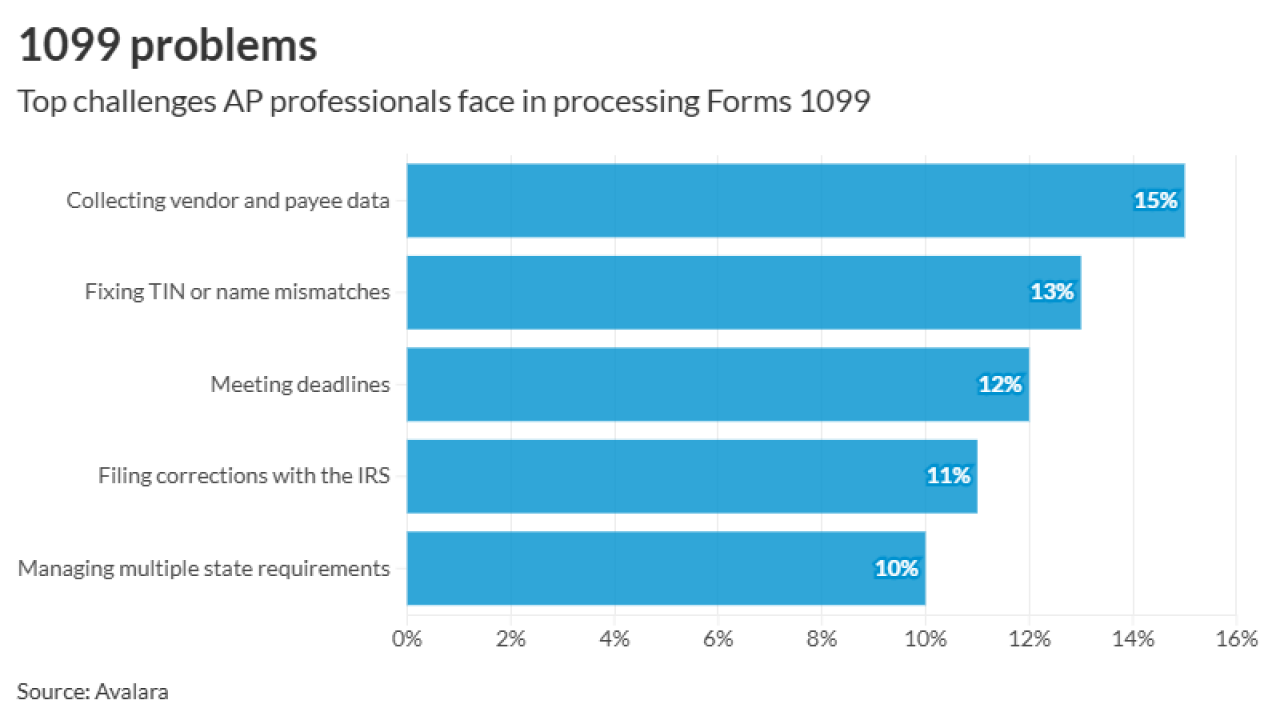The coronavirus, COVID-19, is playing havoc on world markets and the 2020 business environment.
While waiting for the impact of the recent stimulus packages passed by Congress and other measures now being considered, all companies should look at their 2019 tax filings to ensure they have maximized all deductions. Many taxpayers have already filed and paid their 2019 taxes, but they still have time to claim additional hidden deductions. These deductions can often be unlocked through a cost segregation study or a 179D deduction.
To understand these implications, it is important to look at cost segregation and what it can do for a taxpayer. A cost segregation study takes depreciation on real estate, typically considered 27.5- or 39-year assets, and accelerates a portion of those deductions into shorter lives. With the current bonus depreciation rules, those deductions can often be accelerated to the current tax year. For many taxpayers, this can equate to 20 percent or more of their real estate assets.
Take a taxpayer who purchased a $2 million office building. A cost segregation study moves 20 percent of the building’s cost to a shorter life. That 20 percent, or $400,000, is eligible for bonus depreciation and could be written off in the current year, while the remaining $1.6 million would be depreciated over 39 years. This allows the taxpayer to leverage the time value of money by realizing these tax savings sooner.
Often taxpayers see a cost segregation or 179D study as simply a timing strategy. In uncertain economic times, however, a timing difference can potentially free up cash flow to help a business weather economic disruptions, such as the coronavirus pandemic.
This is not limited to taxpayers with buildings placed in service in the current year. Take a taxpayer who developed a building 10 years ago and never completed a cost segregation study. For discussion purposes, let’s assume the building was constructed for $10 million, and $2 million of it could have been moved to five- or seven-year assets through a cost segregation study. That means the taxpayer could have fully written off the $2 million by now instead of the $500,000 they have depreciated without cost segregation (25 percent of the $2 million). That means the taxpayer has left $1.5 million in deductions on the table.
Many people may assume the taxpayer is too late to remedy the situation. After all, the building was built 10 years ago, and those tax years have closed. However, the IRS allows taxpayers to file a “change in accounting method” and catch up on all that missed depreciation in one year. If the taxpayer can absorb this $1.5 million on their 2019 tax return, they can see a significant increase in cash flow this year. The taxpayer can then utilize this cash to reduce the 2020 impact of the coronavirus and other business disruptions.
Even if the taxpayer has already filed a 2019 tax return, it is not too late to take advantage of this opportunity. The IRS allows taxpayers to amend their return with a change in accounting method as long as the amended return is filed before their extension date.
It is too soon to know all of the long-term ramifications of the current business disruptions. We also don’t know all of the ways the federal government will look to stimulate the economy. The CARES Act recently passed by Congress fixed the “retail glitch” in the Tax Cuts and Jobs Act of 2017, providing additional credits and incentives for capital expenditures. Many companies are looking to improve their cash flow right now, and services such as cost segregation can greatly help.





